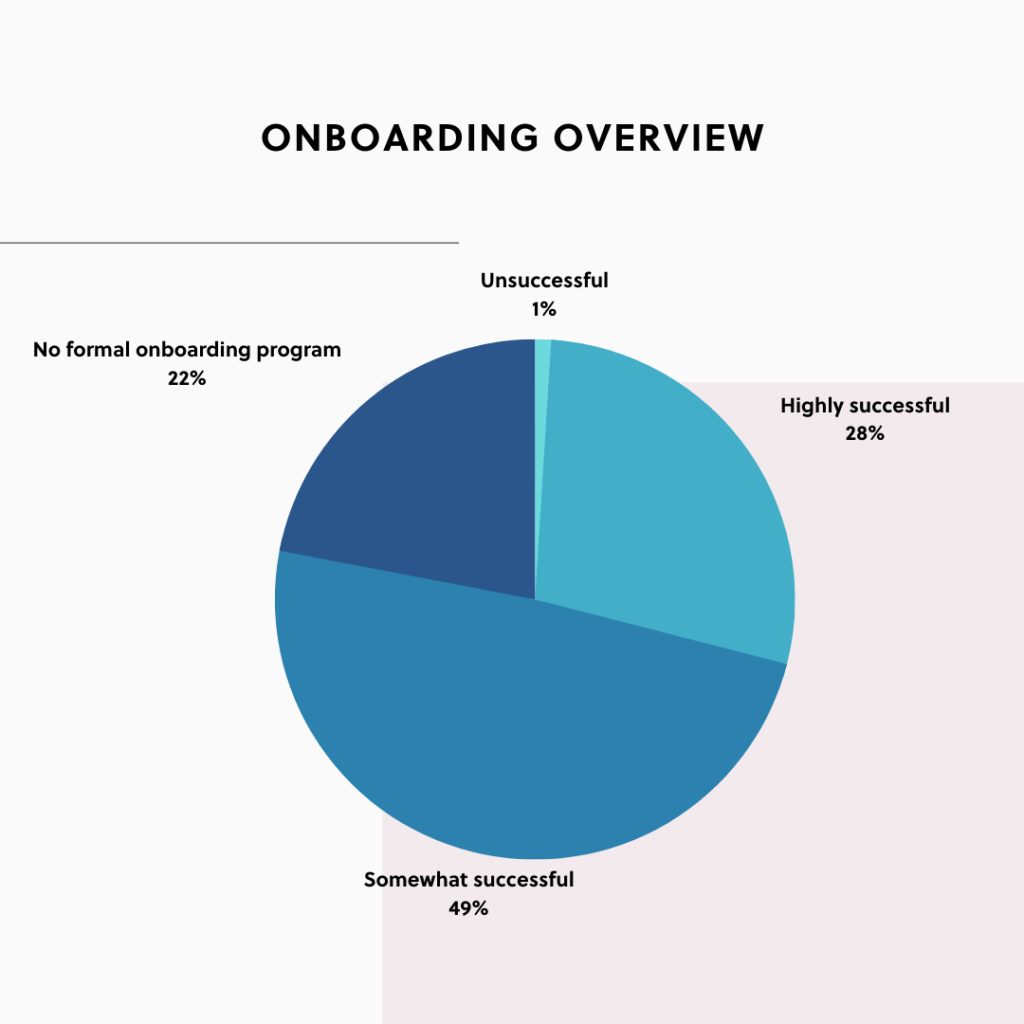What is the definition of customer support?
Customer support is a dedicated operation that provides technical support to customers who utilize a company’s products and services. The term is typically tied to technology and SaaS companies that supply complicated IT solutions and require continuous technical support from their customers.
There’s always more to learn about customer service, whether you’re a novice or a seasoned veteran. New literature, training, and studies continue to be developed by business executives in order to improve and polish the customer service industry.

In addition to in-depth knowledge of a relevant product or service, a successful customer service agent must have the skills and experience to deal with people. They should be good communicators and listeners, with strong persuasion skills, high emotional intelligence, and exceptional problem-solving capabilities.
Four of the most Common Customer Support Duties
1. Onboarding assistance
The complete process of assisting new clients in understanding how to use your products and services is referred to as onboarding. Customer onboarding is critical because it establishes the groundwork for a long-term relationship with your company.
Onboarding assistance can be provided by customer service agents in the form of welcome emails, video training, the sign-up process/first login, data import, etc.
Using a dedicated onboarding tool is a terrific way to smooth out any customer support agent’s onboarding process.
Accuracy, Accountability
Employee onboarding using long documentation and even paper documentation is tough to track. It ends up being a long process and usually fails at helping new employees to grasp how their new organization works.
Easy Authorization, Culture of Technology
Onboarding remains a paper-based process in most firms. It’s also tough to switch from paper to online systems once an employee is used to it. With Bytes Route, new employees get to understand the product at a much faster pace,
Bytes Route is the simple way to guide users through your application (or site).
Improve website engagement and customer service!
2. Problem-solving / Troubleshooting
When a consumer reports a technical problem, the customer support team is tasked with two main goals. To begin, they must connect effectively with the customer and gather all the pertinent information about the situation. Second, they must be able to assist them in resolving the problem as quickly as possible.
According to the book Technical Support Essentials, troubleshooting is a multidimensional skill that involves a combination of confidence, logical thinking, and expertise.
3. Upgrading and maintenance
Another important part of customer service is assisting clients with system maintenance and upgrades in a timely manner. This ensures that clients have access to the most recent versions of the company’s services and that high performance and security requirements are maintained.
4. Discussing customer feedback with other departments
Support agents must ask for feedback from customers after each engagement and pass it along to the appropriate departments. Customer feedback, whether favorable or negative, aids in the growth of companies on multiple levels. It encourages product development and innovation, increases marketing results, and improves the overall consumer experience.
Surveys, emails, social media, and the brand’s own website are some of the most common ways to get feedback.
What is Onboarding Exactly?
When it comes to new employee onboarding, many businesses severely underestimate its relevance. According to a recent Harvard Business Review research, 22% of businesses have no formal onboarding program at all, while 49% have only a rudimentary one.
A poor onboarding process can cause stress among new employees, as well as a sense of isolation from the rest of the company, leading to lower productivity. Employees may look for work elsewhere as a result of this.

The most Frequent Customer Support Issues
Customer support can be a tough job, but when done right, it can also be one of the key factors responsible for building customer loyalty and retention. The days when customer support and service were considered unimportant to a brand’s growth are gone.
Today, we know the importance of word of mouth and that a single unhappy customer could cost your business a lot of money and bring down its reputation.
According to Hiver’s Customer Support Through The Eyes of Consumers in 2020 survey, 70% of customers will advise their friends and colleagues against buying a brand’s product/service after a negative customer service experience.
Knowing how fundamental customer experience is, we still have to be aware that it’s not always a piece of cake. Even if your customer support team is working hard to deliver timely, constructive, and personalized customer service, they are bound to face some challenges at various stages of interacting with customers. Here’s how they can manage them.
How to Manage Customer Service Challenges?
Reply to customers as soon as possible
As businesses grow, so does the pressure on customer service teams to respond quickly and properly to consumer inquiries and complaints. Customers today anticipate and value speedier turnaround times, even if most firms provide a 24-48 hour response time limit.
A brand’s reputation and credibility might be ruined by a slow response time. Here are a few quick strategies for dealing with a flood of consumer questions and concerns while also cutting down on response time:
- Email auto-responders are a great way to keep in touch with your customers.
- Templates for email.
- Using keywords to categorize emails based on their urgency.
- Creating alerts that are based on a specific time frame.
- Inability to successfully resolve client complaints.
Your customer service team will come into situations that are complex in nature and for which they may not have the best solutions time and time again. Customers may be directed to different departments in response to such inquiries and concerns – and they may find this to be a very frustrating experience.
Customer Complaints: How To Handle Them
Rather than asking your customers to contact other teams, you should do the legwork for them. Recognize that you don’t have a solution to their problem at that time, but that you’ll do your best to find one within a certain amount of time.
When you go out of your way to service customers, they notice and appreciate it. Customers’ unpleasant experiences can be turned into memorable ones with effective service rehabilitation.
Managing difficult customers
How your customer service team handles challenging consumers is the ultimate test of their abilities. Customers may lose their cool as a result of a product or service issue, or as a result of poor customer service.
Whatever the cause for their complaint, customer service representatives must remain calm and avoid being defensive, as this will only make the issue worse.
5 ways to deal with customer complaints:
- Listen – With an open mind and without interrupting the consumer, listen to what they have to say.
- Empathize – Tell them that you understand their frustration.
- Apologize – Make a point of apologizing to the customer.
- Resolve – Work as swiftly as possible to resolve their problem. Inquire with the customer about what you can do to help them.
- Diagnose – Discuss the incident with your entire team and try to figure out what went wrong so that a similar problem doesn’t happen again.
Technology has drastically changed the way we work and operate in the age of automation. Customer service departments are leveraging technology to improve the quality and efficiency of their operations, whether it’s through process automation or data management and analytics.
When it comes to client contacts, though, nothing beats the good old human touch. Offering individualized and customized service to your clients can make them feel valued and help you stand out from the competition.
Personalized customer service can be provided in a variety of methods, including the following:
- Using the first name of the consumer as a greeting.
- Knowing your customers and surprising them — for example, on their birthday or the anniversary of their first year of business with you, offer them a special discount.
- Being sensitive to client input and putting it into practice.
- Providing a customized support experience based on their search history, previous issues, and previous transactions.
Nothing is more aggravating to a client than having to explain their problem to different customer service agents over and over again. It not only wastes the time of the customer, but it also damages their experience.
To prevent this from happening, support workers must be trained to help clients with the most typical support concerns.
When an agent wants to transfer a client’s call or email, they must NOT do so “blindly,” that is, without first verifying whether a designated agent is available to help the consumer.
Managing a crisis or an outage
When your company faces a crisis or an outage, your customer support personnel are put under a lot of strain.
A great example would be delivering great customer service during a pandemic. In such trying times, it is these teams who must face the impact of client dissatisfaction and fury.
Anticipate and prepare for a situation like this in advance.
You’ll be better equipped to deal with the increased amount of consumer calls and emails if you have a crisis plan in place, and you’ll be able to reply to them in a soothing and effective manner.
The following are the most critical things for customer service workers to remember during a crisis or outage:
- Inform customers about the current situation and apologize for any inconvenience this has caused them.
- Inform them on a frequent basis on what’s going on behind the scenes.
- Assure them that services will be restored as soon as possible.
How to be an excellent customer agent?
If you want to remain competitive, you must ensure that your agents are properly onboarded and trained with the help of a digital adoption tool.
Onboarding can help your firm reduce customer turnover and boost revenue in a competitive, customer-centric culture. It’s vital for excellent customer service and customer retention.
Bytes Route is a straightforward web Product Tour Software for Non-Technical People.
Start for free here.
Your customer service department is a great area to meet new clients, solve problems, and show concern. You’ll benefit for years if you do it right.
Customer service training is as important as marketing and sales training. This is the kind of service that leaves a lasting impression and leads to great reviews and word-of-mouth marketing.
Happy customers are your best marketers, and they come from exceptional service. So don’t dismiss your support team.
Conclusion
Hopefully, this article has proved the utility of a strong onboarding strategy for your customer service staff, as well as the necessity of putting your agents in the best possible position to succeed.
Companies must keep in mind that excellent customer service and support, as well as client success, is a never-ending process. They need ongoing education and development. Businesses need a team that is motivated, focused, and rewarded for their accomplishments.




